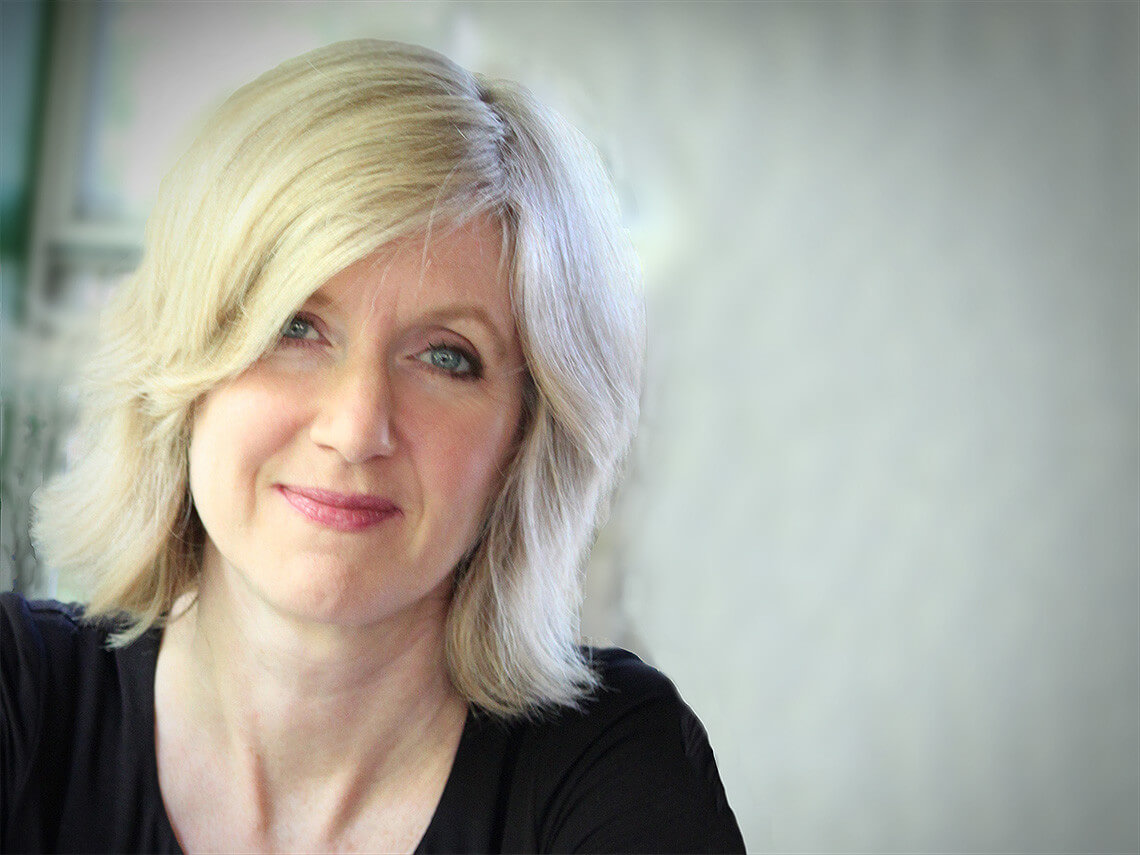As part of the Designing Women series, Doreen Lorenzo of Fast Co Design interviewed Kim Erwin, who is an assistant professor at IIT Institute of Design with expertise is in user-centered design methods, which put people at the center of any problem space so as to develop solutions that better fit their everyday lives, activities and context.
Erwin talked about how she joined the world of design, big trends in the field, whether she see’s herself as a creative person and why she thinks it’s important to put women on technology projects.
These are some excerpts.
About her journey.
My undergraduate degree is in philosophy—a pre-unemployment degree, as my father used to call it. The continuous thread through the things that I have pursued is that I’m deeply curious about how we come to know anything. And that idea of “knowing” as an action verb: How do you know something—not just in a superficial way but in a deep way, in a way that builds conviction, in a way that allows you to act differently or make good decisions? Knowing is, I think, a very complicated act, and what I have always been interested in is helping people who need to know something—who need contact with powerful ideas—to come into contact with those ideas in ways that build not just understanding but conviction.
So while getting my BA, I was also working at a major magazine as an editorial assistant. And I came into contact with all these organisations that were doing amazing, socially necessary work, but their branding and materials weren’t getting that across. At that time, I worked next to the art department, and it made me think: These organisations need more sophistication in how they communicate.
So I decided that a graduate degree in design was a logical next step.

On whether she see’s herself as a creative.
My first impulse was to say no. I think creativity is a broad curiosity about how things could be different without needing a lot of stimulus for thinking about that. I am surrounded by creative people and creative students. They love having new ideas as a condition of their everyday existence. I am, however, somebody who is more structured and logical. I need to learn how people work and live to understand a problem broadly. I need that input. So I think I am creative about thinking about which people belong in a project. I’m creative about how to operationalize a discovery. I think I am creative with words. But I don’t think I’m a typical designer in that sense.
On whether it’s harder or easier being a woman in the design industry, and characteristics women bring to the table that she thinks are unique.
I feel like I wind up stereotyping every time I try and make strong distinctions between how men and women work. Especially in design, I’ve encountered so many men with what I would call well-developed feminine sides, and I have certainly gravitated toward women who have well-developed masculine sides: people who are strong and don’t shrink from their opinions, and advocate for themselves vocally. And yet, I do think as an instructor when I give the same problems to male and female students, female students do think differently. It’s not just a different aesthetic; it’s a different sensibility and approach.
I think it’s particularly important to put women on technology projects because the subtle but significant differences in how women approach tech problems and solutions really matter. It’s not just that women have a slightly different sensibility, but especially when women are the target market it’s essential to have that voice and life experience in the mix. I did a project 15 years ago for a company in many categories of household maintenance. And most of the brand managers I worked with in categories such as home deodorizer or cat litter were 24-year-old men who’d never managed a home. And I thought, well, you are not qualified to run this brand, because you don’t understand what people are trying to achieve in their homes, never mind with this product. That’s never been your area of responsibility. So having women as brand managers would be a much better idea for categories that have predominantly women customers.
Read the full interview here.
Feature image via IIT Institute of Design.





